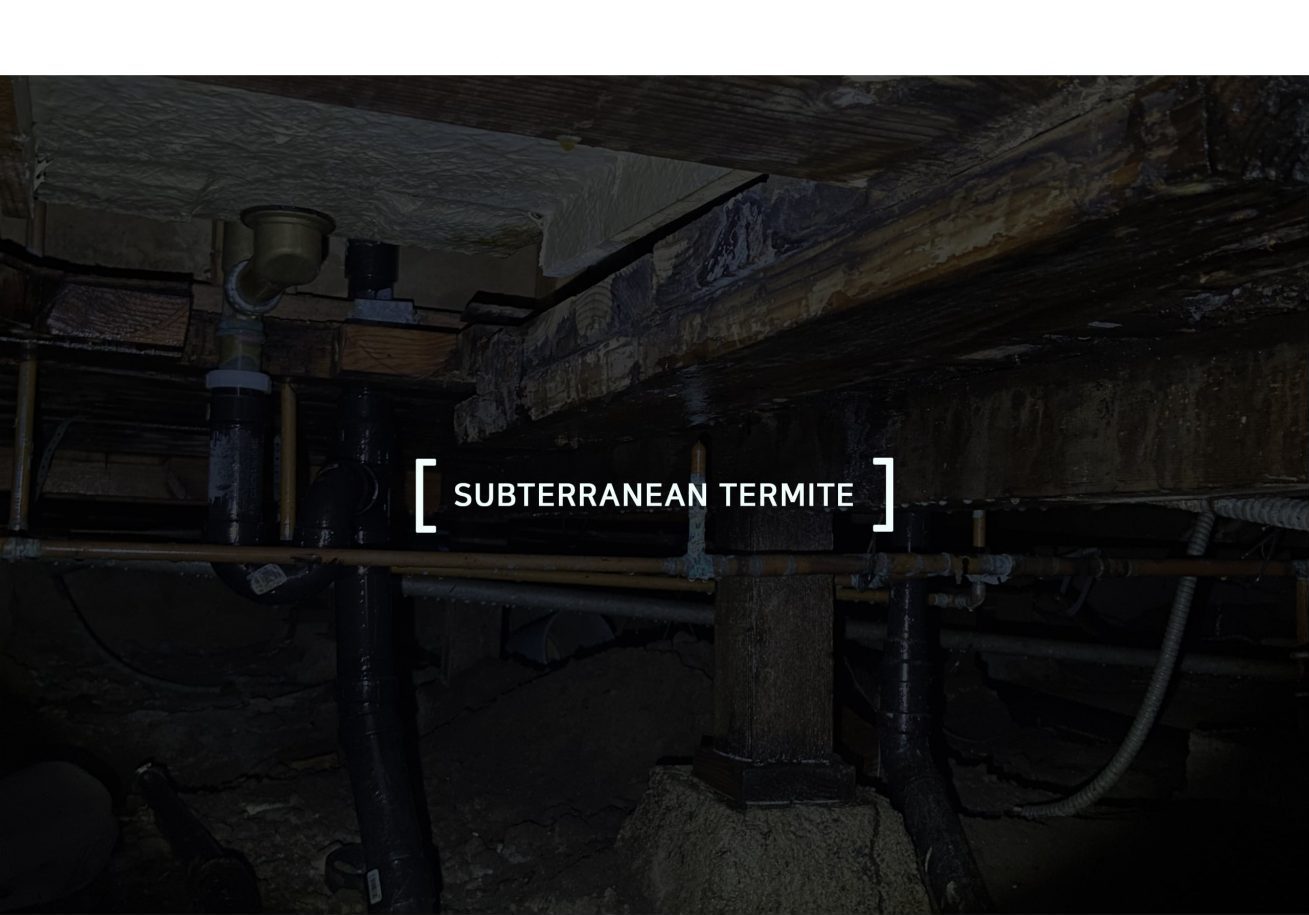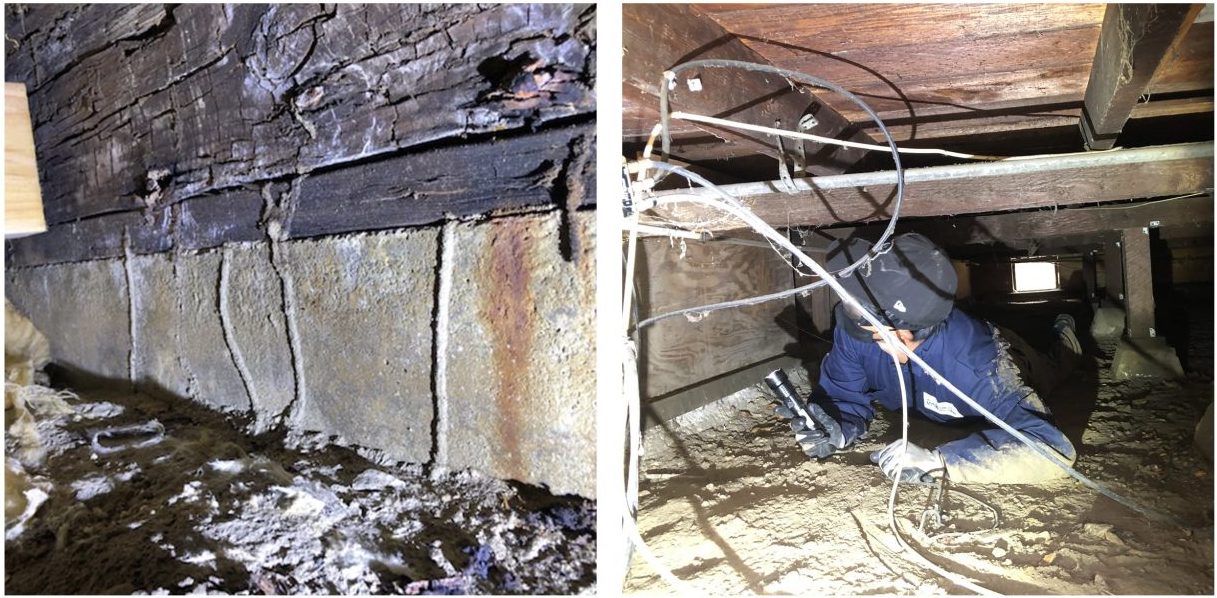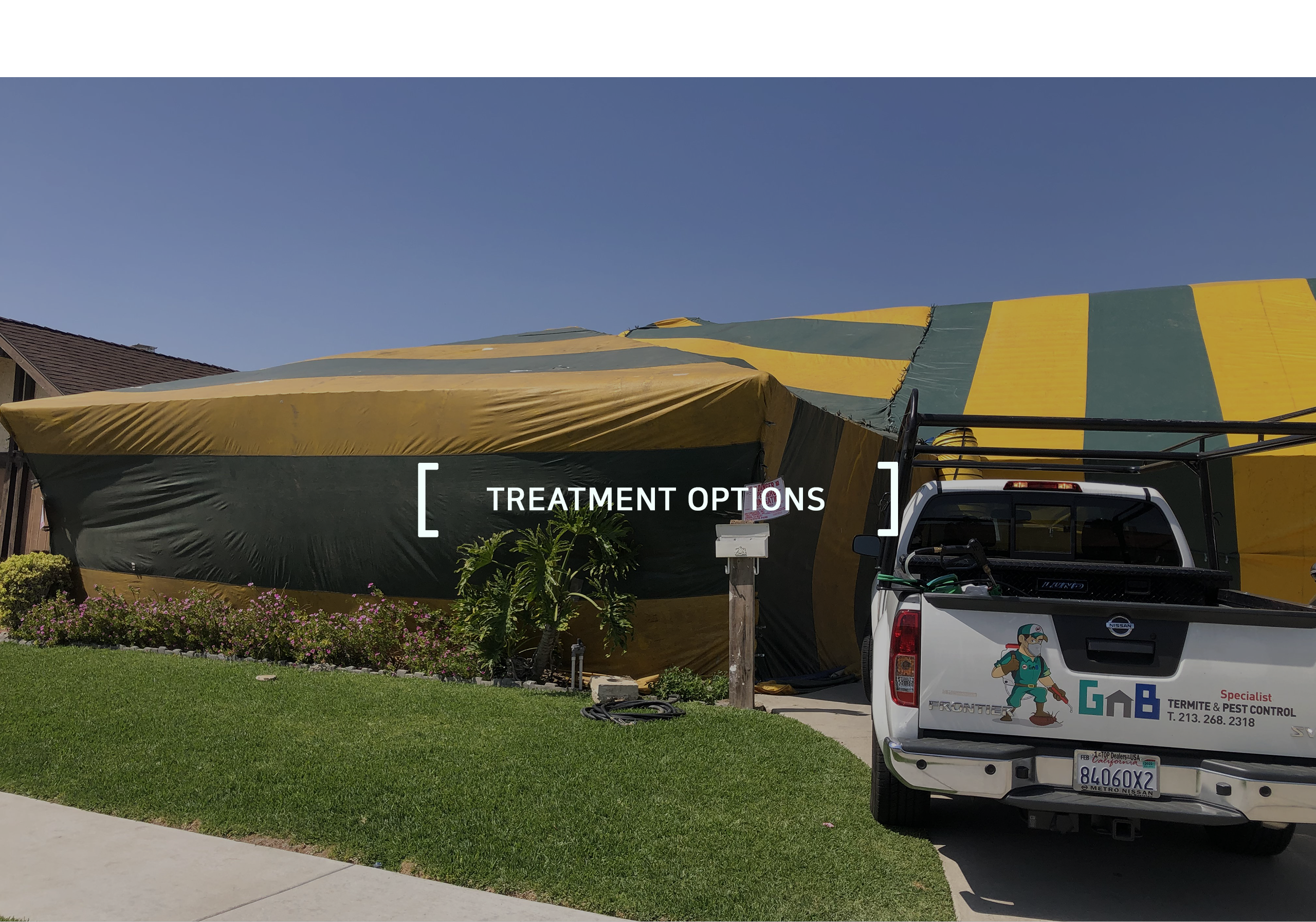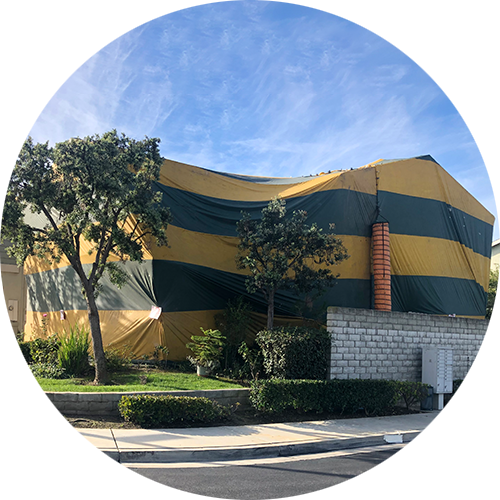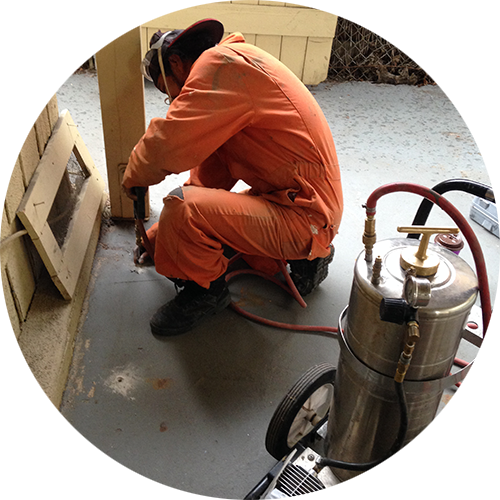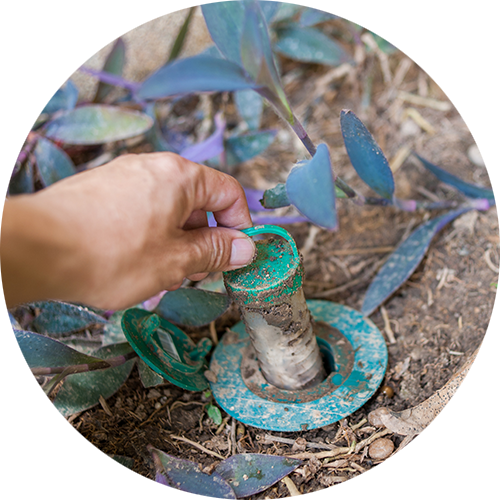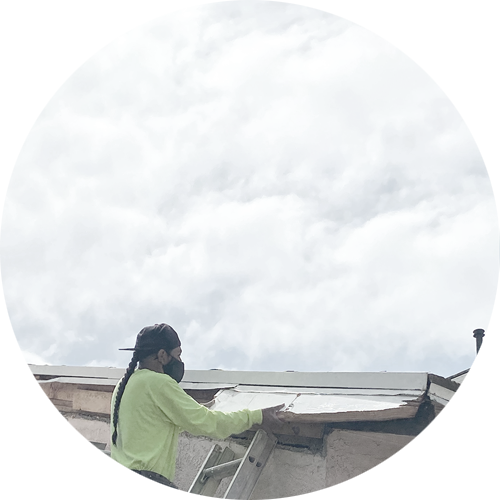
How They Work
The drywood termites get their common name due to the fact that they establish themselves in wood that is not decayed, nor in contact with ground moisture which is to all appearance perfectly dry.
Drywood termites can exist in wood that has a moisture content with as little as 2.8% to 3% moisture. Drywood termites are larger than the subterranean termites and smaller than dampwood termites. The winged form and soldiers are up to 1/2inch 12mm long. The pallets are smooth as though the surface has been gone over with sandpaper. The large intestine of the termite removes the water from the waste material and them compacts it into pellets and extrudes in through the anal opening.
When too many of these fecal pellets accumulate in the drywood termite channels and chambers, one of the nymphs eats a hole to the outside of the wood and pellets are thrown out of the workings. They fall to the floor below the "cleanout hole" and pile up on a flat surface, revealing the presence of a drywood termite infestations. They field representative should always scout the premises for the presence of piles of fecal pellets.
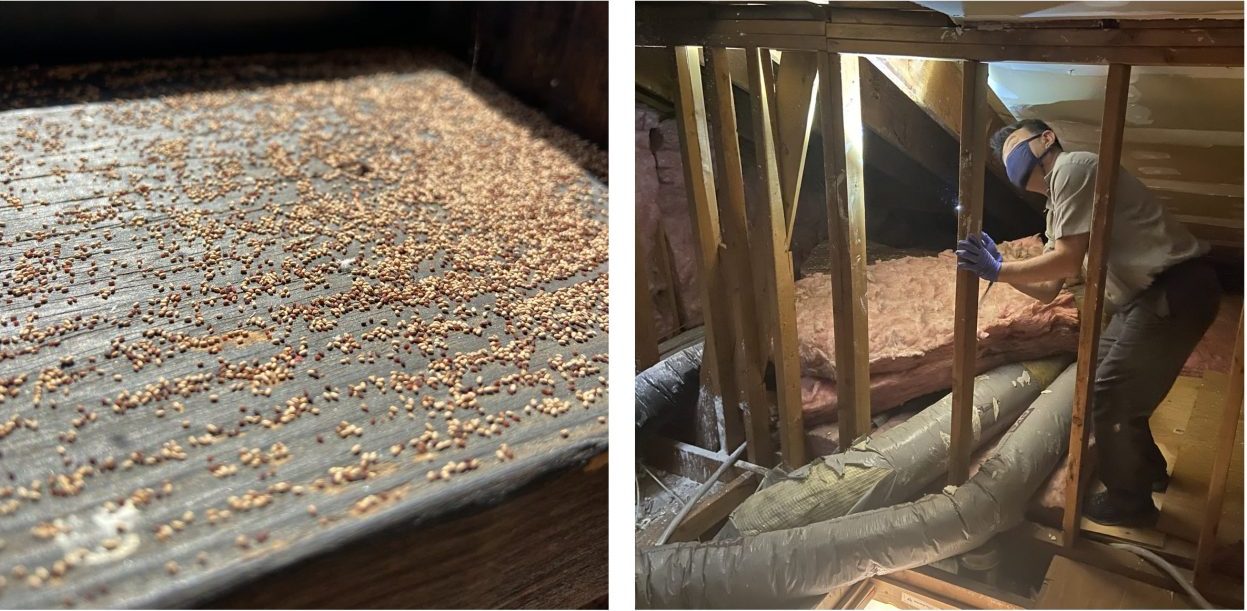
Control of Drywood Termites
The best method of termite control is always preventative. The integration of construction timbers with chemicals preservatives and screening are the most effective method of preventing damage by Drywood termites, which do not need much moisture for their survival and attack wood directly, without ground contact.
If it can be ascertained that the infestation is relatively new and/or restricted to a small, rather accessible area, local treatment can be successful. Local treatment can consist of removing and replacing the infested timber or in some cases, using an electric drill in a random pattern hoping to hit a termite channel. Dust, liquids or aerosol preparations are then injected into the channels with the hope that the termites will spread the toxicant around the colony thus poisoning out the inhabitants. The primary objection to the spot treatment approach is that since the termites are inside the wood, it is hard to be sure if they have been eliminated. It is possible that the infestation is greater than imagined.
This of course, results in the infestation becoming evident once more and requiring further treatment. The factor in favor of localized treatment is that if it is effective, it is far less expensive than the alternative of general fumigation. If the infestation is extensive as revealed on inspection of the premises, then a general fumigation is the best choice. If the fumigation is performed properly, it will result in the death of 100% of the termites in the structure.
Swarming is stimulated by brilliant sunlight when the temperature is 80 degrees Fahrenheit or higher. In Northern California, swarming occurs in June and July; and in September through October in Southern California.
Refer to our Instagram post to learn how you can protect your home from drywood termite infestation.
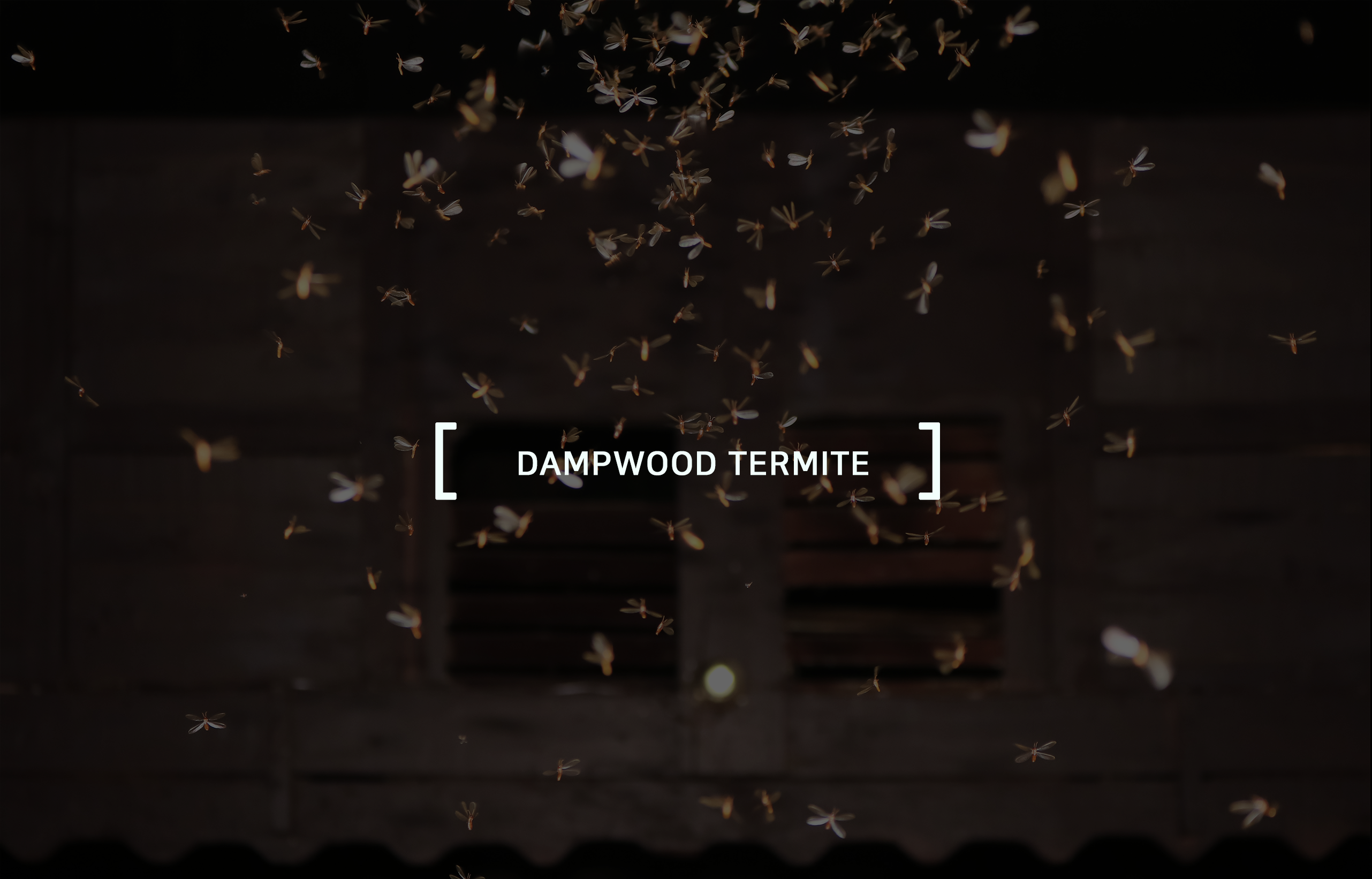
Where They Live
These termites work only in moist wood (thus the name "dampwood"). They require a constant moisture source and are often found in decaying wood. Alates of dampwood termites are dark brown and wings have sclerotized median vein which runs parallel to the radial sector. It must maintain ground contact and will attack partially buried wood. It has been found in utility poles, posts, and citrus trees, and in a few cases in woodwork. It only attacks moist wood. These termites fly during the day from September to November in California. In Arizona and Texas, they fly from June to July; Alates have been found in April. New colonies begin in the soil in preference to wood.
This species occurs from Barstow, California to Cotulla and Weslaco, Texas in desert or semi-desert regions. They occur as far north as Northern New Mexico. It is common in the coastal ranges of California and occurs there from elevations.
It is common in Monterey cypress at sea level in Monterey and in various species of pines at the 6000 level in the San Bernardino Mountains. It is present but not commonly found in the Los Angeles Basin and on the floor of the San Joaquin and Sacramento Valleys. As one progresses to the State of Oregon and Washington, the Dampwood termite infestations become more numerous and in fact, share the limelight with the subterranean termites as the most prevalent termite problem in homes.
Control of Dampwood Termites
Since Dampwood termites need a very moist environment in which to thrive, the basis for their control in homes is to eliminate the source of the moisture-this may involve the correction of the leaky stall shower condition, the repair of plumbing. Improvements of drainage or the correction of a poor under-area ventilation problem. After the source of moisture has been eliminated, the infested wood is usually removed and replaced and the infestation is under control. If the infestation is partially under the surface of the ground, it is important that all Earth to wood contacts are eliminated (no pier posts extending below the surface). In this instance, treatment of the damp soil with a termiticide may be desirable. Fumigation is not usually an applicable method of control. In summary, drying out of the infested area by controlling excess water is the key to dampwood termite control. The best way to control damage is through the correction of the source of excess moisture.

